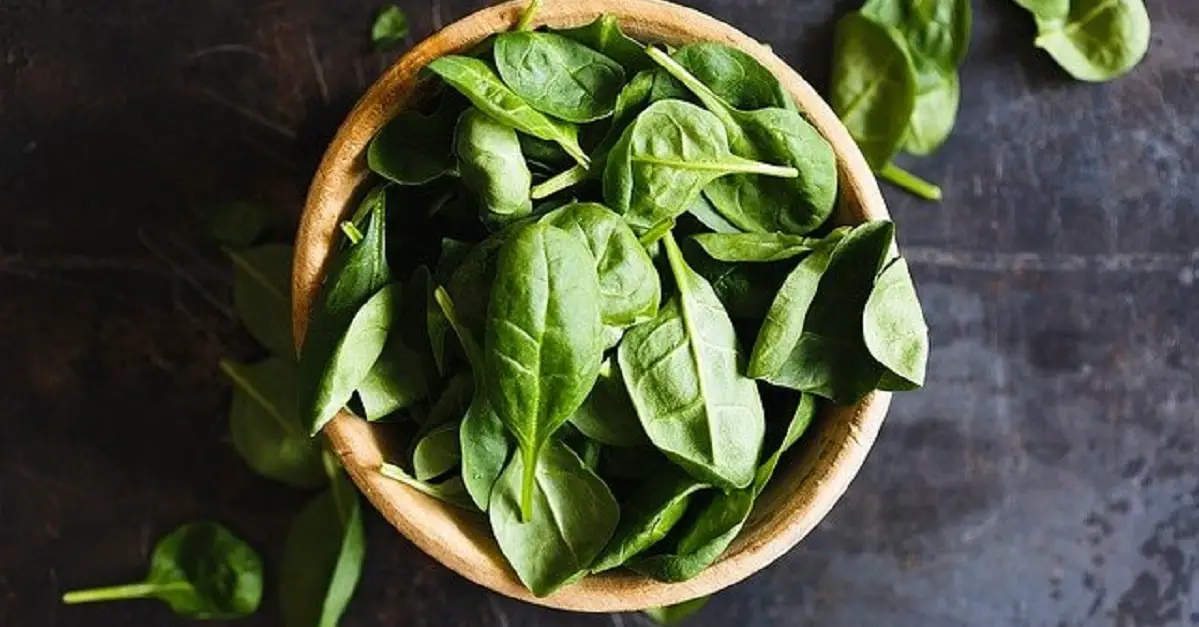
This article walks you through a list of herbs and spices high in iron that may play a role in preventing or treating iron deficiency anemia.
Our list includes medicinal herbs and herbal teas that may help raise your iron levels.
The iron content of herbs and spices has low bioavailability compared with animal sources. Low availability means that iron derived from herbs is less efficiently absorbed in the small intestine than iron from animal sources.
Thus, in addition to providing a list of 43 herbs for iron deficiency, we shall also discuss:
Types of iron (heme vs. nonheme iron) in plant and animal foods
Which is better, heme or nonheme?
Factors that inhibit the absorption of nonheme iron from herbs
Do black tea and green tea cause iron deficiency?
Factors that enhance absorption of nonheme iron
How to enhance nonheme absorption from herbs
Herbs high in iron for deficiency anemia
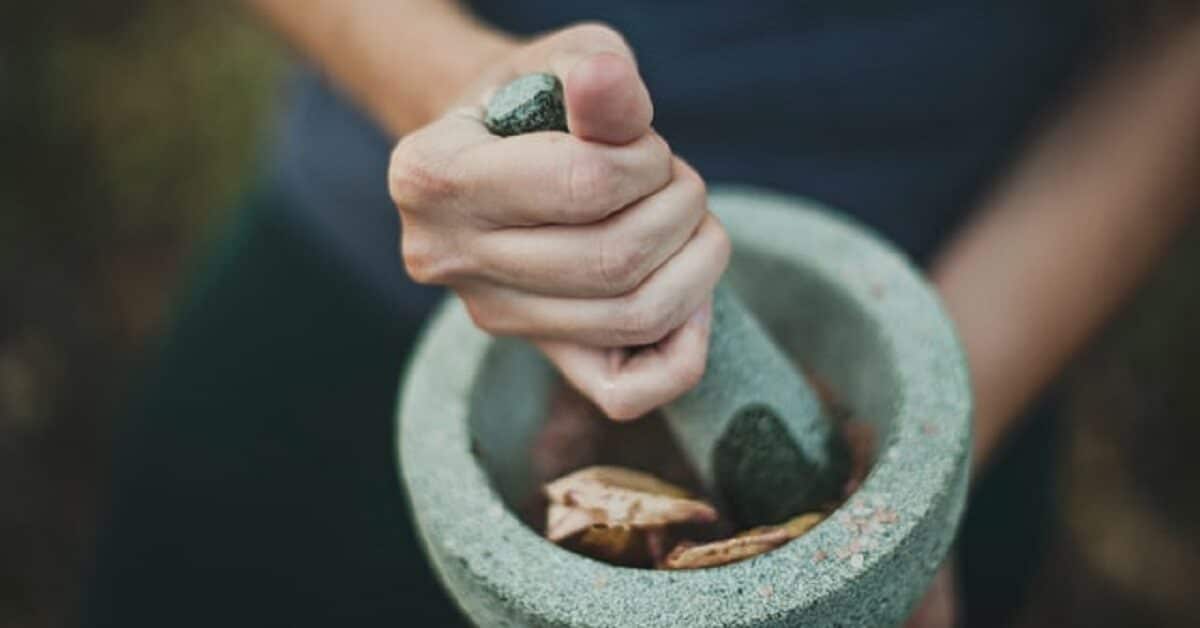
If you fail to treat iron deficiency promptly, it may lead to iron deficiency anemia, characterized by low hemoglobin levels (≤ 130 g/L in males and ≤120 g/L in females) or low ferritin levels (<30 μg/L). Ferritin level is a more sensitive test of iron deficiency because it is the form in which the body stores iron (in the liver, spleen, muscle tissue, and bone marrow).
In a previous article, we discussed in detail the signs and symptoms of iron deficiency and noted that you may have iron deficiency and manifest low iron symptoms while having a normal full blood count. We also noted that people with early-stage and mild-to-moderate iron deficiency may show no iron deficiency signs and symptoms.
Common signs of iron deficiency, include blue sclera, pallor, or paleness of the tissues under the eyelids.
Iron deficiency may also present with unusual symptoms, such as strange cravings (pica) and neuropsychiatric disorders that mimic other health problems.
Because iron deficiency symptoms can be subtle and sneaky, some people have the condition for many years without knowing it until they develop serious health complications, such as heart disease, development delays (in children), and pregnancy complications.
You, therefore, need to guard against iron deficiency by ensuring you get enough of the mineral in your diet. Foods rich in iron include meats, seafood, legumes, nuts, seeds, vegetables, and fruits, such as dates, figs, and raisins.
But another effective way to get adequate dietary iron is through herbs.
43 herbs for iron deficiency anemia
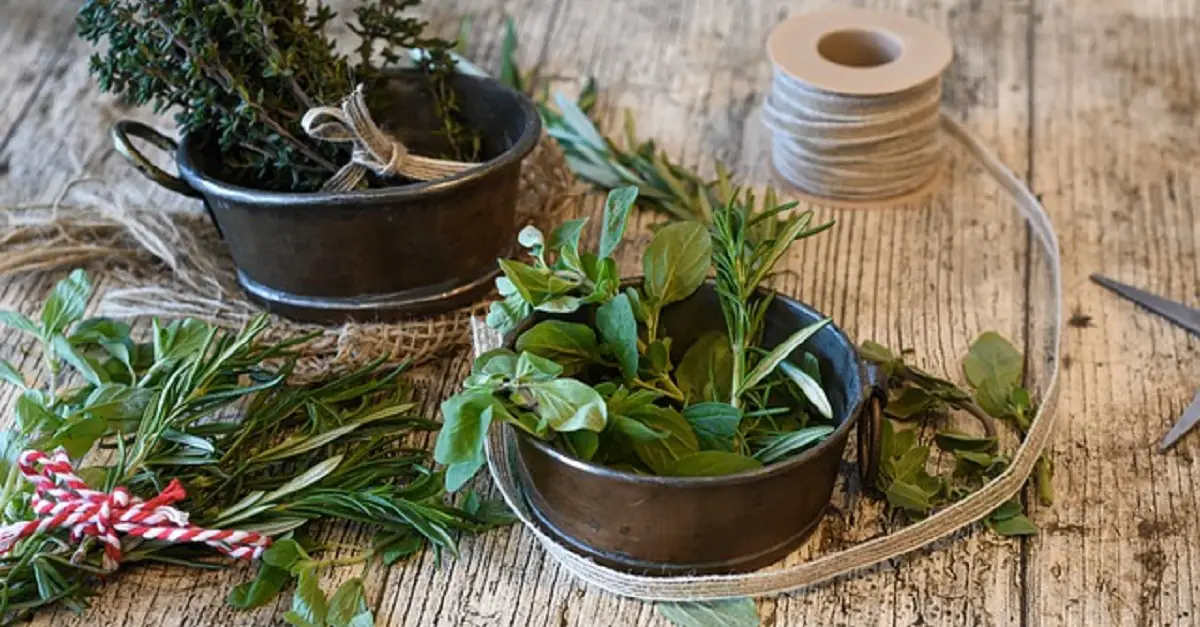
Below is a list of herbs high in iron that may form part of a dietary plan to boost your iron levels. For consistency, the iron content data are based on dried or ground preparations of herbs and spices. We only cite data for fresh or raw preparations when the data for the dried preparation is not available.
[Note: The recommended daily allowance (RDA) of dietary iron for healthy non-vegetarian males (19-50 years) is 8 mg daily; the RDA for females (19-50 years) is 18mg]
We list the herbs and spices in descending order of iron content levels, expressed as mg/100g of the herb or spice.
- Dried Thyme: 124mg
- Basil, dried: 89.8mg
- Spearmint, dried: 87.5mg
- Cumin: 66.4mg
- Turmeric, ground: 55mg
- Bay leaf, dried: 43mg
- Coriander leaves, dried: 42.5mg
- Oregano, dried: 36.8mg
- Tarragon, dried 32.2mg
- Sage, ground: 28.1mg
- Parsley, dried: 22mg
- Pepper, white: 14.3mg
- Mace, ground; 13.9mg
- Cloves, ground: 11.8mg
- Pepper, black: 9.71mg
- Beets powder: 0.8mg
- Cinnamon, ground: 8.32mg
- Lemongrass, raw: 8.17mg
- Rosemary, fresh: 6.65mg
- Garlic powder: 5.65mg
- Peppermint, fresh: 5.08mg
- Moringa leaves (Drumstick leaves), raw: 4mg
- Ashwagandha, dried: 3.3mg
- Red raspberry leaf tea: 3.3mg
- Dandelion: 3.1mg
- Kelp seaweed, raw: 2.85mg
- Tamarinds, raw: 2.8mg
- Yellow dock root: 2.4mg
- Amaranthus paniculatus leaves, raw: 2.32mg
- Asparagus, raw: 2.14mg
- Nettles (Stinging Nettles): 1.64mg
- Hibiscus: 1.21mg
- Rose Hips: 1.06mg
- Alfalfa sprouts, raw: 0.96mg
- Burdock root: 0.8mg
- Mushrooms, white raw: 0.5mg
- Chamomile: 0.08mg
Source: USDA FoodData Central
Kone et al. conducted a survey of medicinal plants used to treat iron deficiency anemia in Northern and South-Eastern Côte d’Ivoire and found that some had very high iron contents (mg/100g).
- Teak (Tectona grandis) (leaves) 266.6mg
- Amaranthus spinosus (whole plant) 236.6mg
- Stylosanthes erecta (Leaves and stems) 206.6 mg
- African teak/Iroko: Milicia excelsa (Stem bark) 143.3mg
- Pigeon pea (Cajanus cajan) (Leaves and stems) 140mg
- Bent alligator-flag or arrowroot (Thalia geniculata) (Whole plant) 133.3mg
Iron absorption: Heme vs. nonheme iron
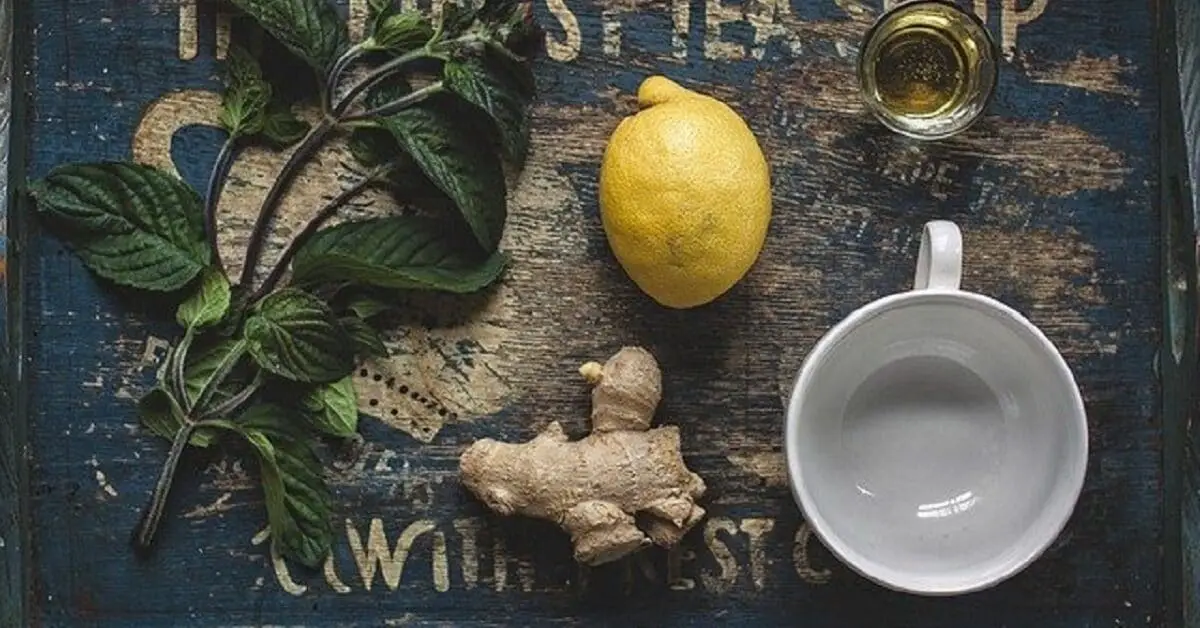
Iron deficiency occurs when you aren’t getting enough of the essential mineral to make hemoglobin, a globular protein in red blood cells that helps your blood distribute oxygen to tissues and organs.
Iron is a major component of hemoglobin. Your body cannot form enough hemoglobin if your diet is deficient in iron.
Besides a multitude of predisposing or risk factors, such as repeated or significant loss of blood (due to menorrhagia or an accident), increased iron need (pregnant women, athletes, and bodybuilders), inherited blood disorders, acquired health conditions, and use of certain drugs, inadequate dietary iron may be due to a diet deficient in the mineral or poor absorption from your small intestine.
Dietary iron exists in two main forms: (1) Organic iron consisting of heme iron found in animals and ferritin iron found in both plants and animals, and (2) Inorganic iron or nonheme iron (Milman).
Heme iron (iron attached to hemoglobin) is ferrous iron (fe2+) in red blood cells, hemoglobin, and myoglobin. Animal products, such as blood meals, meat, poultry, and seafood are rich in heme iron.
Heme iron has relatively high bioavailability, meaning that it is more efficiently absorbed in the small intestine than nonheme iron (Hurrell et al.)
Nonheme iron consists of inorganic ferric iron (Fe3+) and ferrous iron (Fe2+). It is found in plant foods, such as grains, nuts, seeds, legumes, leafy greens, and some fruits.
An estimated 30–70% of the total iron contained in meats is in the form of heme iron, with about 25%–30% absorbed, compared with only 1%-10% percent of nonheme iron (Skolmowska et al.). But cooking may decrease the amount of heme iron in meats.
Because animals, such as cattle, sheep, and goats consume plant food, their flesh also contains nonheme iron. Animal food products, such as eggs and dairy, also have nonheme iron.
Below is a list of foods rich in heme iron:
- Seafood: fish (sardines, halibut, tuna, mackerel, haddock), shellfish, lobsters, shrimps, crabs, shellfish (clams, oyster, mussels)
- Organ meats, such as liver, kidney, and lungs are rich in heme iron
- Meats, such as beef, mutton, pork, veal, venison, poultry (chicken and turkey)
Sources of nonheme iron include:
- Legumes or pulses, including beans, peas, and lentils
- Dark chocolate
- Dark leafy vegetables, such as spinach, beet greens, collard greens, and kale
- Nuts (pistachios, cashew nuts) and seeds (sesame seeds, hemp seeds, chia seeds)
- Dried figs, dates raisins, prunes, and prune juices, apricots
- Fortified bread, breakfast cereals, and infant formulas
Is heme iron good or bad for you?
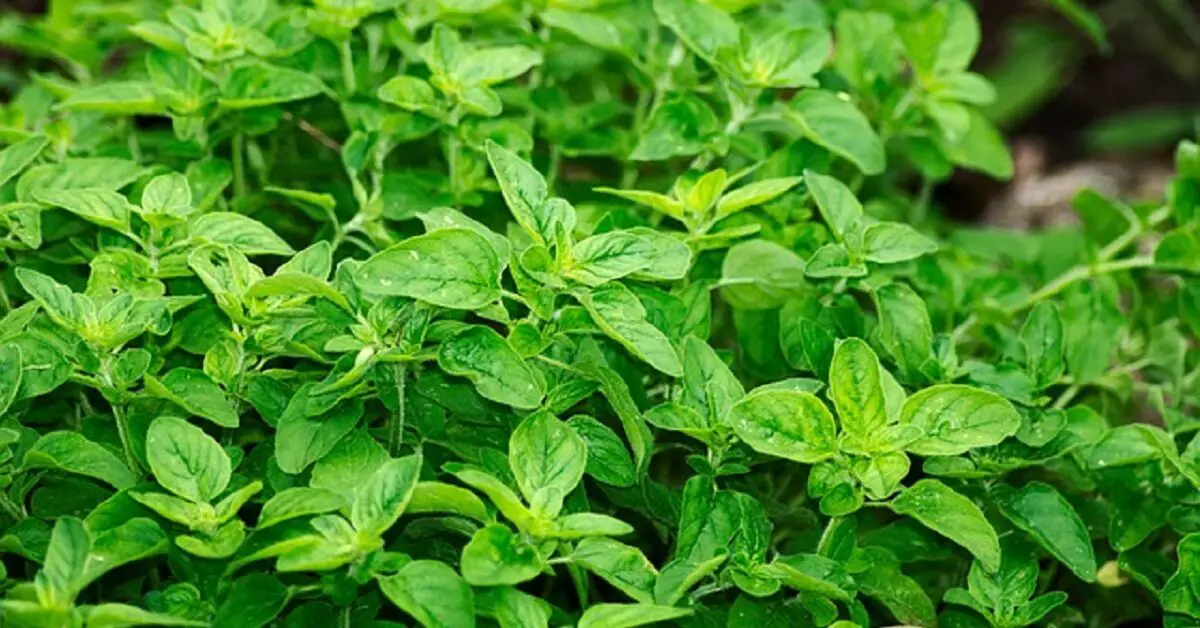
The human digestive system absorbs heme iron from animal foods more efficiently than nonheme iron from plants or herbs.
However, Hooda et al. reported that a high intake of heme iron is associated with an increased risk of cancers, such as endometrial cancer in women, colorectal cancer, lung cancer, and pancreatic cancer. The authors also reported there was “compelling” evidence that high heme iron intake was associated with an increased risk of cardiometabolic diseases such as type-2 diabetes and coronary heart disease.
Thus, although nonheme iron is less efficiently absorbed in the gut the heme iron, there are significant health reasons to substitute heme iron from animal foods with nonheme iron from plant sources.
Fortunately, most people get more of their dietary iron in the form of nonheme iron. The average diet supplies iron mainly in the form of inorganic ferric iron (Fe3+) that has relatively low bioavailability. Ferric iron (Fe3+) must first be reduced to ferrous iron (Fe2+) by gastric acid, reducing components in the meal, or by the ferric reductase enzyme duodenal cytochrome b before it can be absorbed into circulation (Milman).
An estimated 85%–90% of total dietary iron intake comes from nonheme iron in meat, fish, poultry, dairy products, cereals, pulses, legumes, nuts, seeds, eggs, and some vegetables. Heme iron contributes only about 10-15% to iron intake even in meat-eating populations because the flesh of herbivorous animals (cattle, sheep, and goats) also contains nonheme iron.
However, Hurrell and colleagues noted that because heme iron is more efficiently absorbed, it may contribute more than 40% of total absorbed iron.
If you are on a diet containing unusually high amounts of meat products, you may be getting a higher proportion of your daily iron intake from heme iron than most people do. Because high heme iron intake may expose you to an increased risk of cancers, heart diseases, and diabetes, it is advisable to substitute some of your heme iron sources with nonheme iron.
However, you don’t need to entirely exclude heme iron from your diet, except you are on a strict vegetarian diet. You need some of it in your diet because research has shown that including a little boosts absorption of the nonheme iron component of your diet. (Engelmann et al.)
Factors that inhibit nonheme iron absorption in herbs
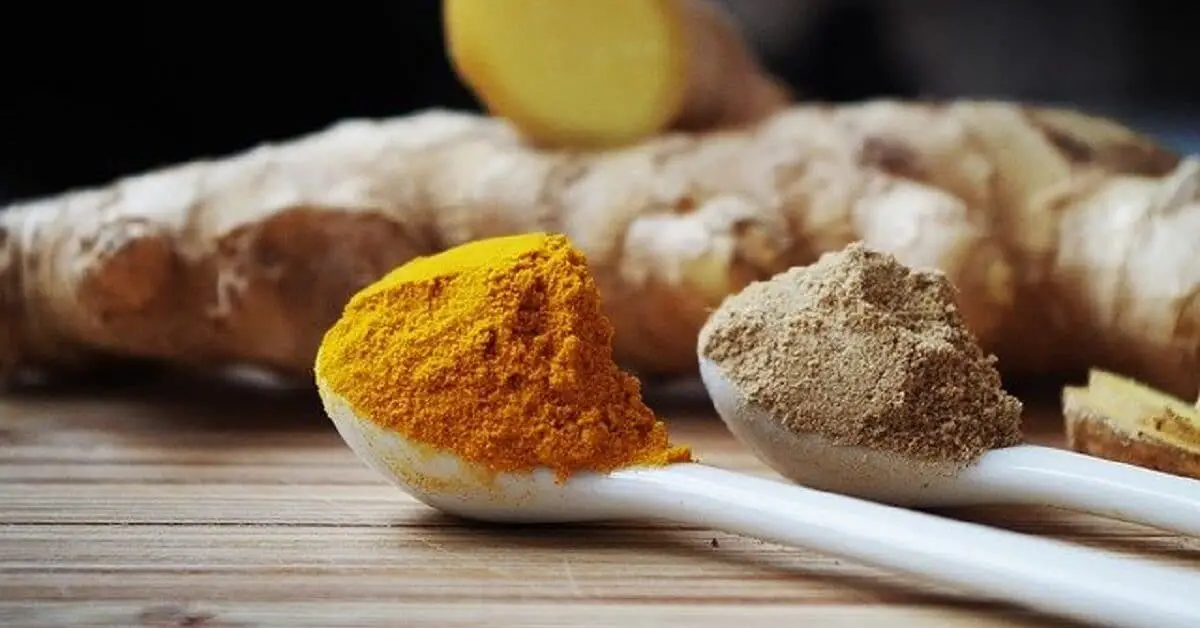
Although nonheme iron is a healthier source of iron than heme iron, it suffers the disadvantage of being less efficiently absorbed in the gut due to several dietary factors.
According to Milman, dietary factors that may inhibit the absorption of nonheme iron from plant foods (or herbs) include:
- Large amounts of certain types of fiber (such as bran fiber) inhibit nonheme iron absorption. Cook and colleagues reported that not all fibers inhibit nonheme iron absorption and that only bran had a statistically significant inhibitory effect.
- Large amounts of calcium, especially from supplements, may inhibit heme and nonheme iron uptake. Calcium has a dose-dependent inhibitory effect on the absorption of total iron (Gaitan et al.).
- Phytates and phytic acids are widely distributed in plant foods, including tea and coffee. Phytic acid inhibits the absorption of nonheme iron from vegetables such as whole-grain bread, cereals, legumes, nuts, and oilseeds. Phytic acid inhibits micronutrient absorption by forming complexes with polyvalent cations, including iron. The inhibitory effect of phytates is dose-dependent. However, you may reduce the inhibitory effect by adding vitamin C and meat to your diet. Lactic acid fermentation may reduce the phytate content of cereal flours.
- Oxalates and oxalic acid are also widely distributed in plants. Green leafy vegetables and herbs, such as rhubarb, purslane, and spinach are very high in oxalates and oxalic acid. Oxalates are best known as inhibitors of calcium absorption and play a role in the formation of urinary tract stones composed mostly of calcium oxalate. Less is known about their effect on iron absorption. However, Milman reported that while some studies suggested that calcium oxalate may inhibit iron absorption, no relationship has been found between iron absorption and oxalate content in vegetables. The poor iron absorption profiles of spinach and beetroot greens appeared to be due to their high polyphenol and calcium contents rather than oxalate, according to Milman. However, iron absorption from beetroot was much better, likely due to the low polyphenol content, high vitamin C, and citric acid content
- Polyphenol compounds (especially tannic acids and tannins, anthocyanidins, flavones, flavanones, and isoflavones) are widely distributed in herbs, spices, fruits, berries, vegetables, whole grains, cereals, pulses, cocoa, tea, coffee, and dark chocolate. Red wines aged in oak barrels also have high levels of tannins. Polyphenols, especially tannins and tannic acid, exhibit a dose-dependant inhibitory effect on nonheme iron absorption. They inhibit iron absorption by binding to it and forming insoluble complexes that make them less available for absorption in the gut.
Other factors that may inhibit nonheme iron absorption include:
- Gastric acid inhibitors, such as histamine H2-receptor antagonists and proton pump inhibitors, inhibit the absorption of nonheme iron by suppressing the production of gastric acid.
- Antacids used for relieving gastroesophageal reflux (associated with symptoms such as heartburn) may contain calcium carbonate, magnesium oxide, magnesium hydroxide, or magnesium trisilicate. When taken during or close to mealtime, these compounds may inhibit iron uptake through multiple mechanisms, including by neutralizing gastric acid.
- Soybean protein is rich in ferritin iron. Non-GMO soybean contains calcium, phytic acid, phytates, and other intrinsic factors that inhibit the absorption of ferritin iron. However, removing the phytates during processing improves iron absorption.
- Milk proteins, including casein and whey, inhibit iron absorption. The calcium content of milk also contributes to the nonheme iron absorption inhibitory effect of milk. Studies indicate that a moderate intake of milk does not have a significant impact on the iron status of healthy individuals (Grinder-Pedersen et al.).
- Egg proteins also inhibit iron uptake. Studies have shown that iron in egg yolk has low bioavailability (Cook and Monsen, Callender et al.).
- Zinc, copper, and manganese supplementation may lead to competitive interference with iron for absorption in the gut (Johnson et al., Middleton et al.,Troost et al.).
- Researchers have also found that nicotine, the psychoactive ingredient in tobacco, also inhibits iron intake.
Do black tea and green tea cause iron deficiency?

Drinking green tea, black tea, and coffee with meals may inhibit iron absorption mainly due to their high polyphenol (especially tannins) contents (Fan et al., Fuzi et al., Morck et al.). However, moderate consumption of teas has no harmful effect on iron status in healthy and well-nourished individuals (Mennen et al.). The effect is only significant in at-risk individuals consuming large amounts of teas and coffee. In healthy individuals, tea’s inhibitory effect on nonheme iron absorption is usually offset by other health advantages, such as the prevention of lipid peroxidation in the brain and nervous system. The ability of tea to prevent lipid peroxidation in the CNS is due to the high epigallocatechin gallate (EGCG) content (Skrzydlewska et al., Seong-Ryong Lee et al.). Lipid peroxidation is one of the oxidative stress-related factors that lead to degenerative diseases.
Herbal teas rich in dietary iron also contain substances, such as tannins, that inhibit iron absorption (Delimont et al., Disler et al.) But some may contain more of these inhibitors than others. Thus, herbs with lower levels of tannins may have better nonheme iron bioavailability profiles than those with higher levels of tannins and other polyphenols. For instance, studies show that nonheme bioavailability is higher in herbs, such as beetroots, due to their relatively low polyphenol content and higher vitamin C and citric acid contents (Milman).
More research needs to be done before we can offer a comprehensive account of the relative bioavailability of nonheme iron in many widely used herbs. However, Tuntipopitat et al. reported that many herbs are rich in polyphenolic compounds that inhibit iron absorption by forming iron complexes in the intestine, making dietary iron less available for absorption into circulation.
The researchers tested six spices and herbs high in polyphenols: Chili pepper, garlic, shallot, tamarind, and turmeric, and found that they inhibited iron availability in a dose-dependent manner (20-90%).
Factors that enhance absorption of nonheme iron in herbs
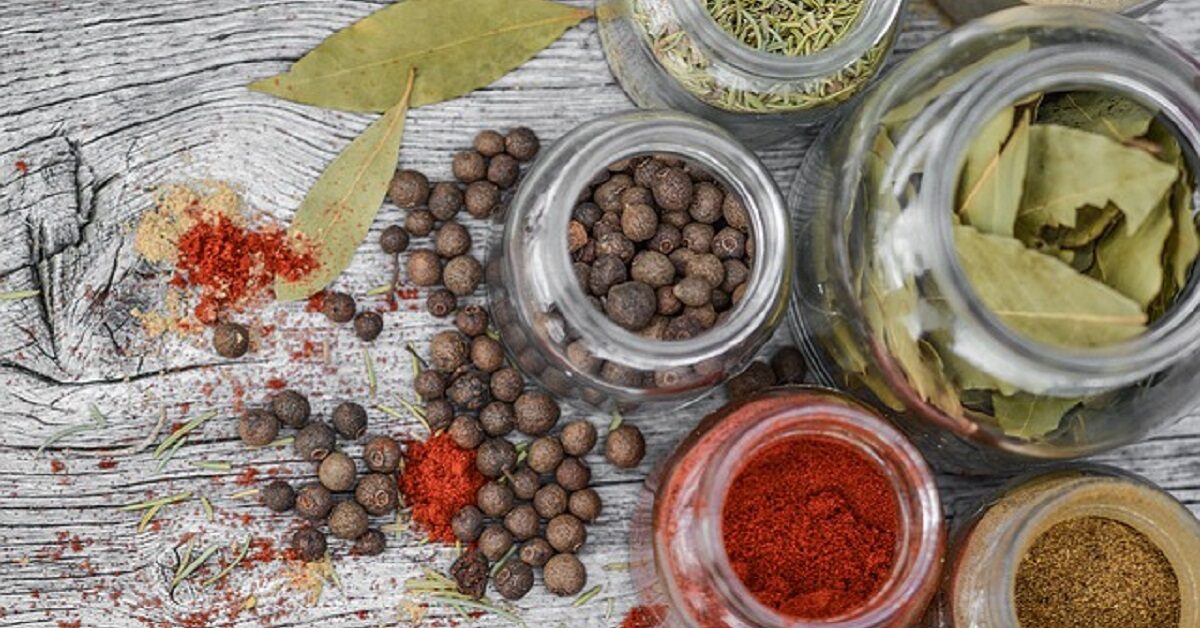
Many herbs are good sources of iron, but they contain nonheme iron that is less efficiently absorbed in the gut than heme iron in meats. In the previous section, we discussed the dietary factors that further lower the bioavailability of nonheme iron in plants (herbs) by inhibiting absorption from the gut.
In this section, we shall consider the factors that promote the absorption of nonheme iron in herbs. These factors are important because they help point you to how you can use iron-rich herbs to prevent or treat iron deficiency and iron deficiency anemia.
Milman identified the following as promoters of iron absorption from the gut. As we shall see from the list, organic and inorganic acids generally help to increase the absorption of nonheme iron.
- Gastric acid secretions such as hydrochloric acid (HCl) have a low pH that promotes the reduction of insoluble ferric iron (Fe3+) to soluble ferrous iron (Fe2+), making it more bioavailable. People with achlorhydria (low gastric acid production) may, therefore, have difficulty absorbing ferric iron. This can be remedied by adding hydrochloric acid to preparations of iron supplement.
- Organic acids, such as ascorbic acid (vitamin C), citric acid, and to a lesser extent malic acid and tartaric acid (found in berries, fruits, and vegetables) boost nonheme absorption (Milman, Hallberg and Rossander). Vitamin C is the most potent of the organic acids for boosting nonheme absorption (Cook and Monsen, Ballot et al.). High amounts of dietary vitamin C significantly improve the absorbability of nonheme iron. Scientists believe that vitamin C forms a soluble chelate with ferric iron and facilitates its reduction to the more soluble and absorbable ferrous iron.
- Lactic acids in fermented foods, such as yogurt, tempeh, tofu, and sauerkraut may have a moderate enhancing effect on the bioavailability of nonheme iron. Lactic acid is produced when bacteria, such as Lactobacillus sp., break down lactose in milk to form an acidic and sour dairy product.
- Meat factors: Studies suggest that certain factors in animal proteins boost iron uptake in humans (Milman, Cook Monsen, Hurrell et al., Hallberg et al.). Beck et al. reported that the factor in animal protein foods (so-called “meat–fish–poultry factor”) that enhances absorption of nonheme iron has not been identified. But Milman reported that meat proteins or peptides may be responsible for boosting total iron absorption. Rusu et al. also noted that peptides rich in the amino acid cysteine boost nonheme iron absorption (Martinez-Torres et al.). Meat factor has a pronounced effect on nonheme absorption. Hurrell et al. reported that freeze-dried beef and chicken muscle increased nonheme iron absorption by 180% and 100%, respectively, compared with ovalbumin.
- Heme iron: Including heme iron in your diet boosts absorption of the nonheme iron component (Engelmann et al.)
- Alcohol (ethanol) boosts the absorption of ferric iron. It is known that regular or excessive intake of alcohol increases the risk of iron overload. Population studies indicate that increased iron intake is associated with higher iron and ferritin levels.
- Probiotics and prebiotics may also increase iron absorption (Vonderheid et al., Skrypnik et al.).
- Some studies suggest that vitamin A and carotenoids enhance nonheme iron absorption (Garcia-Casal et al.).
Many dietary factors that enhance nonheme iron absorption act by reducing insoluble ferric iron (Fe3+) to more soluble ferrous iron (Fe2+) or by keeping iron released during digestion in the soluble bioavailable ferrous form.
How to enhance nonheme iron absorption from herbs
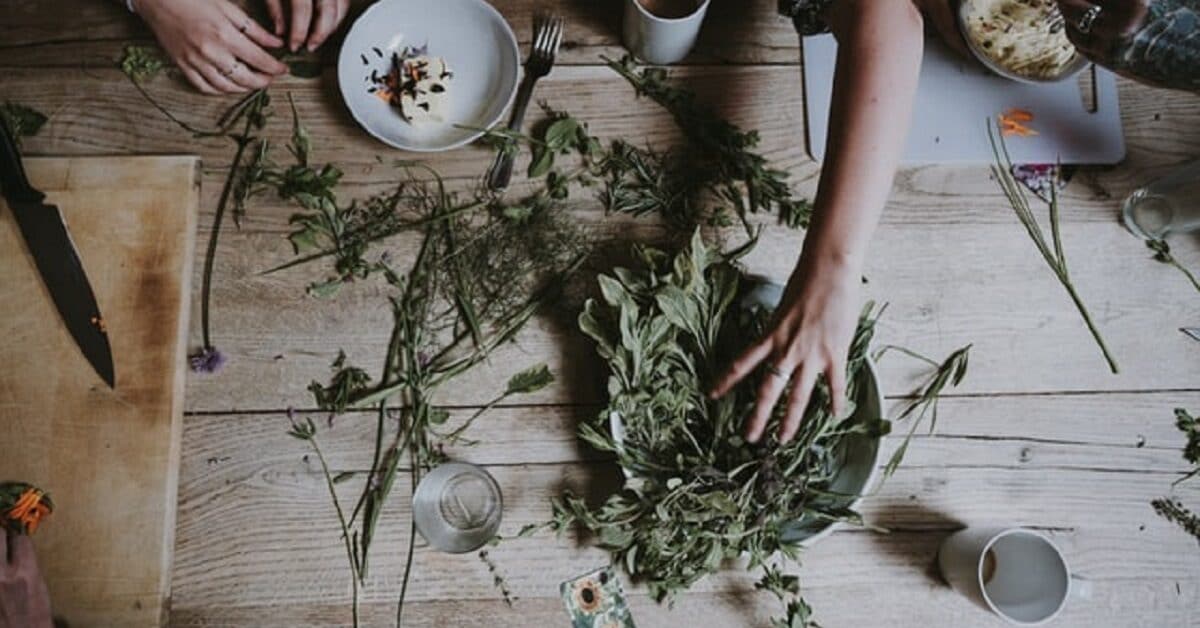
Having identified factors that may theoretically enhance the absorption of nonheme iron, we now consider practical approaches.
You may increase absorption of nonheme from herbs and other plant products by
- Taking herbs and other plant sources of nonheme iron with plenty of vitamin C-rich fruits.
- Take heme iron-rich animal products with herbs and plant foods to boost nonheme iron absorption.
- Studies show that combining vitamin C-rich foods (fruits) and meat products with nonheme iron-rich herbs and plant foods significantly boosts the absorption of nonheme iron.
- However, if you prefer a strictly vegetarian diet, vitamin C-rich fruits alone (especially citrus fruits) are potent promoters of nonheme iron absorption.
- Mawouma et al. reported that adding lime juice to meals significantly improved iron and zinc availability. The researchers added lime juice to traditional Cameroonian sauces made from Moringa leaves. The lime juice reduced the pH of the sauce and improved the iron and zinc solubility, making them more bioavailable.
- Lactic acid fermentation reduces the phytate content of cereal flours and makes the nonheme iron content more available.
- You may also reduce the inhibitory effect of plant phytates by adding vitamin C and meat to your diet.
- You may also reduce the phytate levels in seeds and pulses by soaking and sprouting.
- Consuming plants and herbs rich in nonheme iron with cysteine and lysine-rich foods, such as chicken, turkey, yogurt, cheese, and legumes may also boost iron absorption.
- Using iron-containing cookware may increase iron uptake and reduce iron deficiency anemia, especially in low-income populations (Alves et al., Sharma et al.).
- Eating foods rich in vitamin A and carotenoids (beta-carotene) together with nonheme iron-rich herbs may also increase iron absorption (Garcia-Casal et al.).
Some nutritionists suggested that if you are at risk of iron deficiency and want to improve your absorption of dietary nonheme iron, it is better to take black teas, green teas, and coffee a few hours before or after a meal containing lots of nonheme iron (Zijp et al., Fuzi et al.).
But Coppock and Dziwenka warned that taking dried green tea extracts without food may increase the risk of hepatotoxicity (Patel et al., Isomura et al.). However, green tea has a less inhibitory effect on iron absorption than black tea.
